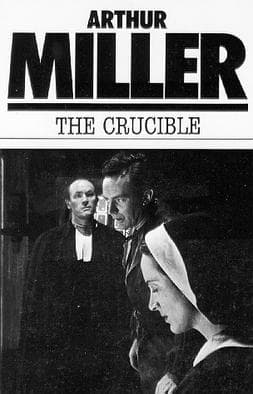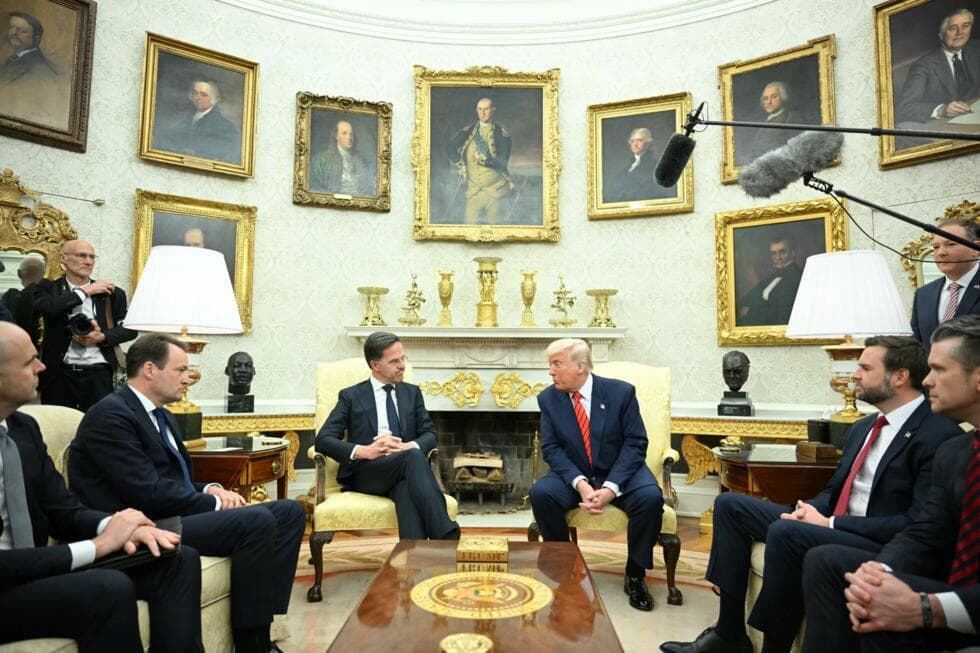
In high school I had the weird, cyclical circumstance of reading Arthur Miller’s The Crucible at least once a year at every grade level. Like Groundhog’s day but set in fictionalized 17th century Salem. While I appreciated the easy grade at the time due to uncoordinated curriculum, reading and acting out The Crucible half a dozen times in those formative years means it left an imprint on my subconscious.
There’s a scene in Act 2 when famous demonologist and witch hunter Reverend John Hale visits protagonist John Proctor. He’s there to shake him down about his poor church attendance and also insinuate his wife is a witch. Proctor defends himself (and his wife) and during his defense makes a big deal about the golden candlesticks in the small, clapboard church (that Proctor put the roof on). The local priest Reverend Samuel Parris –whose bewitched daughter started this whole inquisition– preached about the golden candlesticks for twenty weeks until he got them.
That scene about the candlesticks always stuck out to me. It’s an embodiment of Church’s hypocrisy and materialism which Proctor detests so much that he says “it hurt my prayer.” And Proctor’s right. God doesn’t give a shit about the kind of candlesticks you use. Arguably the pewter ones made by Francis Nurse were a greater act of worship. The Crucible of course is a dramatized tale, but we don’t have to look far for examples of religious figures taking material wealth from the people they’re meant to serve and to paint glamour on top of their image… then casting dispersion on the non-churchgoers and the cabal of “witches” (lebsians, probably) in the woods while your own house is not in order. It’s a morality tale about whose sin is greater.
Everyday now I watch the news and see images like this:

If America were some Pre-Colonial empire I might understand this image. If America was some oil-rich Arabian principality, I might understand this image. But I don’t understand this image. It looks painted on. Imported cheaply.
On the walls are men who (some) through their public service earned that gold border, though they probably wouldn’t care to have it otherwise. Because they understood the job was not for them, it’s for the people. In the foreground is a selfish man who lived a life of fraud, aggrandizing himself at every opportunity, basking in the golden reflections of his fraudulence.
To him this is the height of luxury and power. To me it’s an embarrassment. And in the words of John Proctor, “It hurts my prayer.”